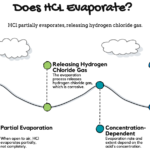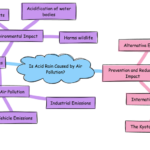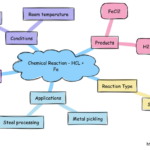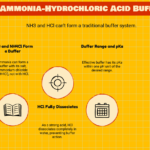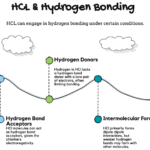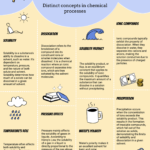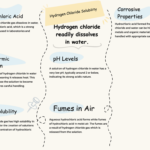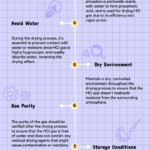Solubility and dissociation are two fundamental concepts in chemistry that describe how substances behave when dissolved in a solvent. While they are related, there are important distinctions between the two processes. In this article, we will explore the key differences between solubility and dissociation, their mechanisms, and the factors that influence them.
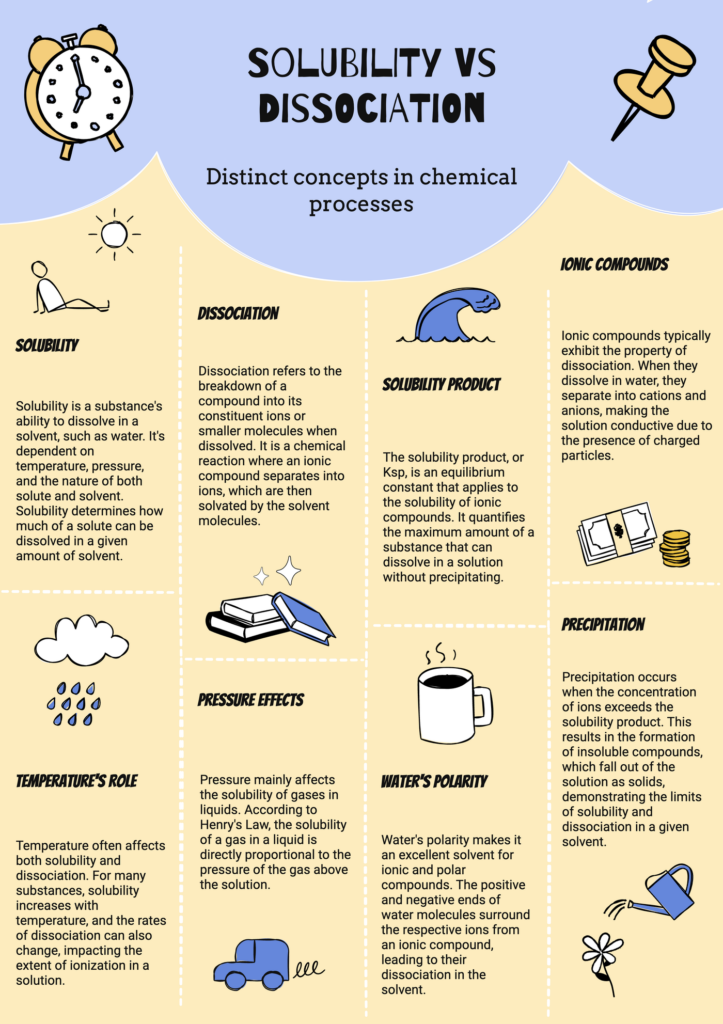
Solubility
Solubility refers to the ability of a substance (the solute) to dissolve in a solvent, forming a homogeneous solution. It is a measure of the maximum amount of solute that can be dissolved in a given amount of solvent at a specific temperature and pressure.
Mechanism of Solubility
Solubility is a physical process that involves the following steps:
- Breaking of intermolecular forces between solute particles
- Formation of new solute-solvent interactions
The strength of these interactions determines the extent of solubility. Solutes with similar polarity to the solvent will generally have higher solubility due to favorable intermolecular interactions.
Factors Affecting Solubility
Several factors can influence the solubility of a substance:
- Nature of the solute and solvent (“like dissolves like”)
- Temperature (higher temperature usually increases solubility for solid solutes)
- Pressure (more significant effect on the solubility of gases)
| Solute Polarity | Solvent Polarity | Solubility |
|---|---|---|
| Nonpolar | Nonpolar | High |
| Polar | Polar | High |
| Ionic | Polar | High |
| Nonpolar | Polar | Low |
| Polar | Nonpolar | Low |
It’s important to note that solubility applies to all types of compounds, including ionic, polar, and nonpolar substances. Even substances that do not dissociate into ions (like nonpolar organic molecules) can still be soluble in appropriate solvents.
Dissociation
Dissociation specifically refers to the separation of an ionic compound into its constituent cations and anions when dissolved in a solvent like water. It is a special case of solubility that applies only to ionic compounds and some polar molecular compounds that can ionize in solution.
Mechanism of Dissociation
Dissociation is a chemical process that involves the following steps:
- Breaking of ionic bonds in the crystalline solid
- Separation of the ions as the compound dissolves
- Hydration of the individual ions by the solvent molecules
The extent of dissociation depends on the strength of the electrostatic interactions between the ions. Strong electrolytes, like NaCl, dissociate completely into their constituent ions, while weak electrolytes, such as acetic acid, only partially dissociate.
Factors Affecting Dissociation
- Strength of the ionic bonds
- Polarity of the solvent
- Temperature (higher temperature increases the rate of dissociation)
Solubility vs Dissociation
| Solubility | Dissociation |
|---|---|
| Refers to the ability of a substance (solute) to dissolve in a solvent, forming a homogeneous solution | Specifically refers to the separation of an ionic compound into its constituent cations and anions when dissolved in a solvent |
| Applies to all types of compounds – ionic, polar, and nonpolar | Only applies to ionic compounds and some polar molecular compounds that can ionize in solution (e.g., acids and bases) |
| Determined by the maximum amount of solute that can be dissolved in a given amount of solvent at a specific temperature and pressure | Extent of dissociation depends on the strength of the electrostatic interactions between the ions (strong vs. weak electrolytes) |
| Influenced by factors such as temperature, pressure, and the nature of the solute and solvent (“like dissolves like”) | Influenced by factors such as the strength of the ionic bonds, polarity of the solvent, and temperature |
| Involves breaking intermolecular forces between solute particles and forming new solute-solvent interactions | Involves breaking ionic bonds in the crystalline solid and separating the ions as the compound dissolves |
| A physical process that does not involve the breaking or forming of chemical bonds | A chemical process that involves the breaking of ionic bonds and the formation of ion-solvent interactions (hydration) |
| Solubility product constant (Ksp) describes the equilibrium between a solid solute and its dissolved ions in a saturated solution | Dissociation constant (Ka for acids, Kb for bases) describes the equilibrium between the undissociated compound and its dissociated ions in solution |
| Solubility can be expressed in various units, such as molarity (mol/L), mass per volume (g/L), or mole fraction | Degree of dissociation (α) is a unitless value that represents the fraction of the original compound that has dissociated into ions |
References:
dissociation vs solubility are they interchangeable terms
is there any difference between getting dissolved and getting dissociated
